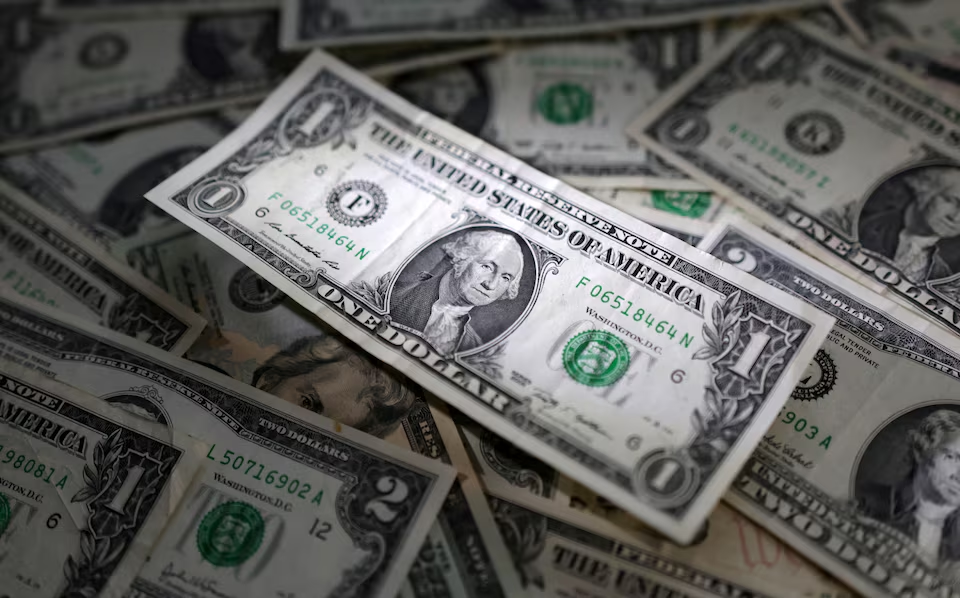The U.S. dollar dropped to a two-week low against the Japanese yen on Thursday due to concerns over the country’s fiscal policy and a weak Treasury bond auction. At the same time, Bitcoin surged to a new all-time high as investors sought alternatives to U.S. assets. Congress moved closer to approving President Donald Trump’s plan for major tax cuts and spending increases, which added to market uncertainty.
A poor auction of 20-year U.S. Treasury bonds deepened fears about the economy and weighed on both the dollar and Wall Street. Investors remained nervous after Moody’s downgraded the U.S. credit rating last week. This downgrade has affected confidence in the country’s financial stability.
President Trump’s fiscal bill passed an important step in the House of Representatives on Wednesday. A key committee approved the measure, clearing the way for a full vote in the near future. If the bill passes, it will head to the Republican-led Senate for further debate. The nonpartisan Congressional Budget Office estimates that the bill will add $3.8 trillion to the current $36.2 trillion national debt over the next ten years. This expected rise in debt has concerned many investors and contributed to the dollar’s decline.
The dollar slipped 0.4 percent to 143.15 yen, its weakest level since early May. Earlier, the dollar briefly rose after Japan’s Finance Minister said he did not discuss exchange rates with U.S. officials during recent meetings, but the gains did not last. Investors remain suspicious about the White House’s intentions regarding the dollar’s value against Asian currencies.
South Korea’s currency jumped to its strongest level against the dollar in over six months, before pulling back slightly the next day. Reports indicated that the U.S. has urged South Korea to take action to strengthen its currency. The euro remained steady at $1.1326 after rising in the previous session. The British pound and Swiss franc also saw small gains against the dollar.
Bitcoin reached $111,862.98, setting a new record and gaining 3.3 percent from the previous day’s close. The cryptocurrency is increasingly seen as a hedge against risks in traditional markets. Gold also rose to nearly a two-week high at $3,325.79 per ounce, approaching April’s record peak. This indicates that investors are looking to precious metals for safety as well.
The combination of fiscal uncertainty, weak bond demand, and credit rating worries is shaking trust in the U.S. dollar. Investors are moving funds into alternatives like Bitcoin and gold. Currency markets show mixed results, with some Asian currencies strengthening, possibly in response to U.S. pressure.
As Congress debates major fiscal changes, markets will watch closely. The growing debt and inflation risks may keep the dollar under pressure and increase demand for alternative assets.















